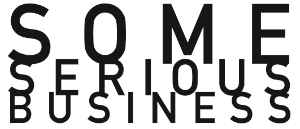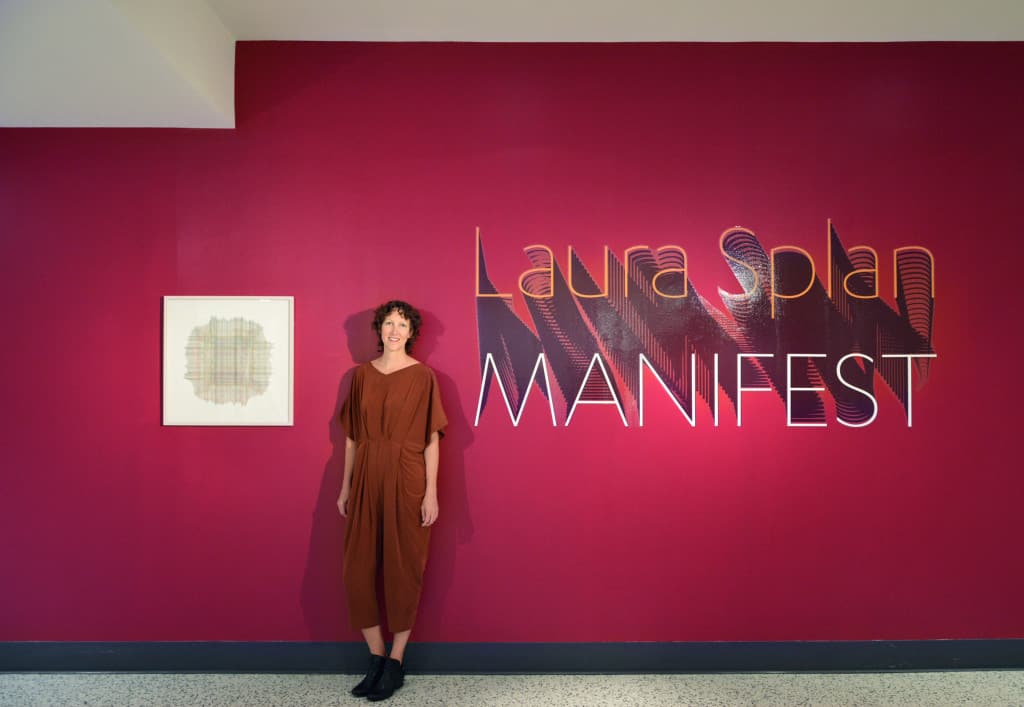Some Serious Business presents #FiftyQuestions to highlight folks who are creating, presenting, questioning and critiquing. Each featured artist picks a handful of questions to answer.
Laura Splan is an artist and lecturer whose work explores intersections of art, science, technology and craft. Her conceptually based projects examine the material manifestations of our mutable relationship with the human body. She examines perceptions and representations of the corporeal with a range of traditional and new media techniques.
1- What event or factor in your life has been the most pivotal in your decision to become an artist?
When I was in undergraduate Biological Sciences major taking elective Arts classes, I was introduced to a number of political artists working creatively around social justice. I found their work inspiring and felt how my own values were changing as a result of their work. I saw artists as uniquely poised to toy with notions of cultural norms and perceptions of otherness. I was fascinated by the mutability of our understanding of the world and the opportunity to enter this playground. My initial interest in medicine continues to influence my focus on the body through the politics of its representation, quantification and subjectivity.
5- What one sentence do you hope describes how your art practice will be recorded in history, and why?
A poetic investigation of our constructed relationship to the human body and the objects through which we relate to it.
In thinking of the lulls and gaps or lost places in your practice over the years, who or what has re-energized you?
Access to new technologies has consistently been a boon to my studio practice. The unbelievable stories about medical innovations and inventions are a constant source of inspiration as well. And artist residencies have always provided me with much needed focus to see a new project through to completion.
7- What project of yours do you personally consider your most satisfying, and why – regardless of external support or accolades?
Manifest has been a profoundly satisfying and pivotal project. This series began at a time when I was looking for ways to further abstract the image of the body and increasingly confuse the use of craft and technological processes. I knew from experience that my best work was made when I was operating at the limits of my skills and expertise. So with a desire to move my work in a new direction, I made a vague proposal to some very supportive curators to create biodata driven 3D-printed sculptures. At the time, I had very little experience with 3D printing and no experience with the biosensors, software programming or microcontrollers required for the project. But they accepted my proposal and from there I spent months learning about Processing, Arduino, electromyography (EMG) and improving my 3D modeling skills in order to begin what would become an entirely new body of work. The resulting series of sculptures are based on waveforms from EMG measurements taken from my own body as I performed facial expressions and bodily movements. The studio process I developed for this project has since evolved to include computer generated patterns and images for digitally fabricated tapestries and archival pigment prints. The sculptures, tapestries and prints are currently on view in my solo exhibition, Manifest, at the NYU Langone Medical Center Art Gallery through August 18th.
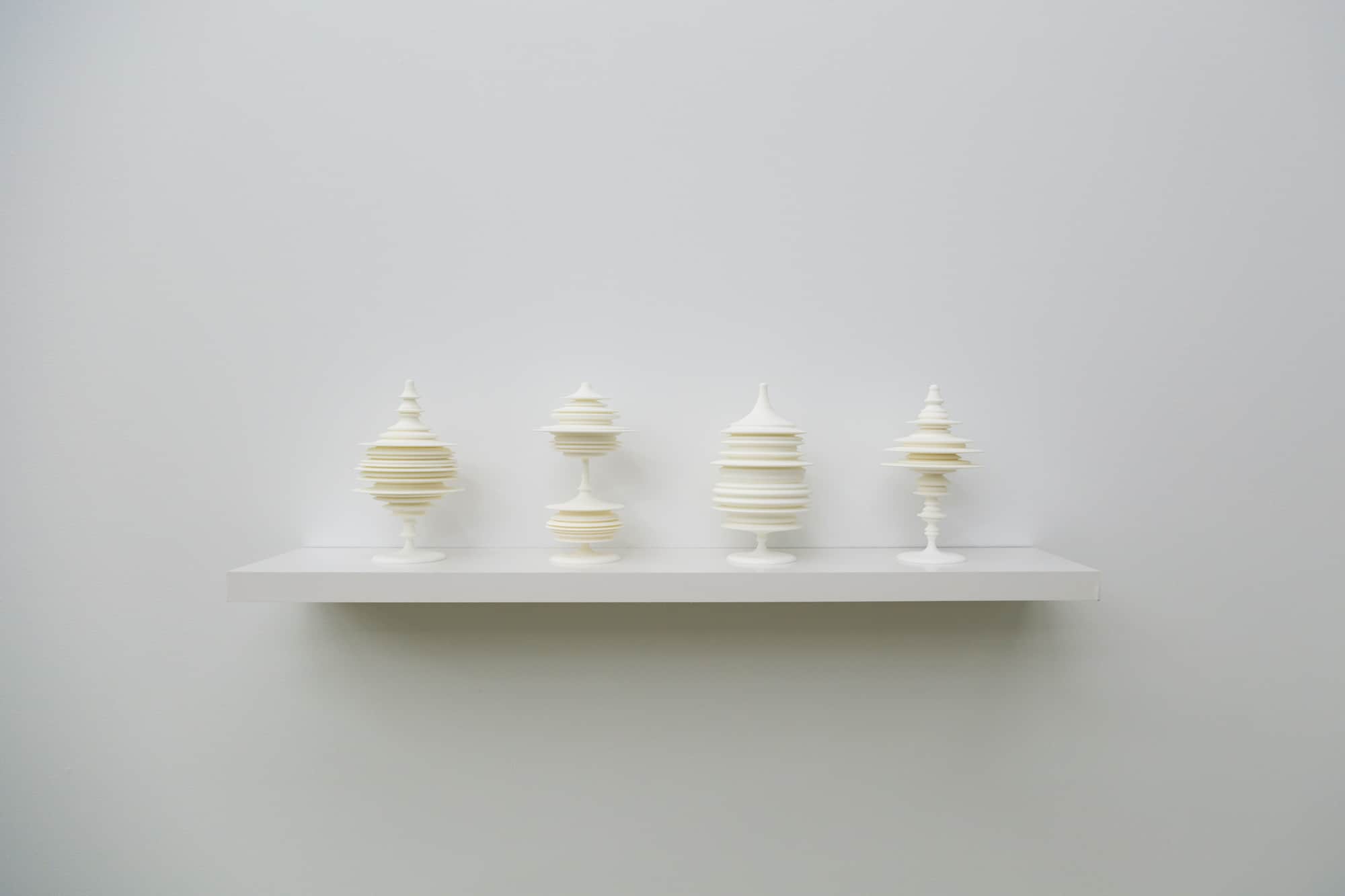
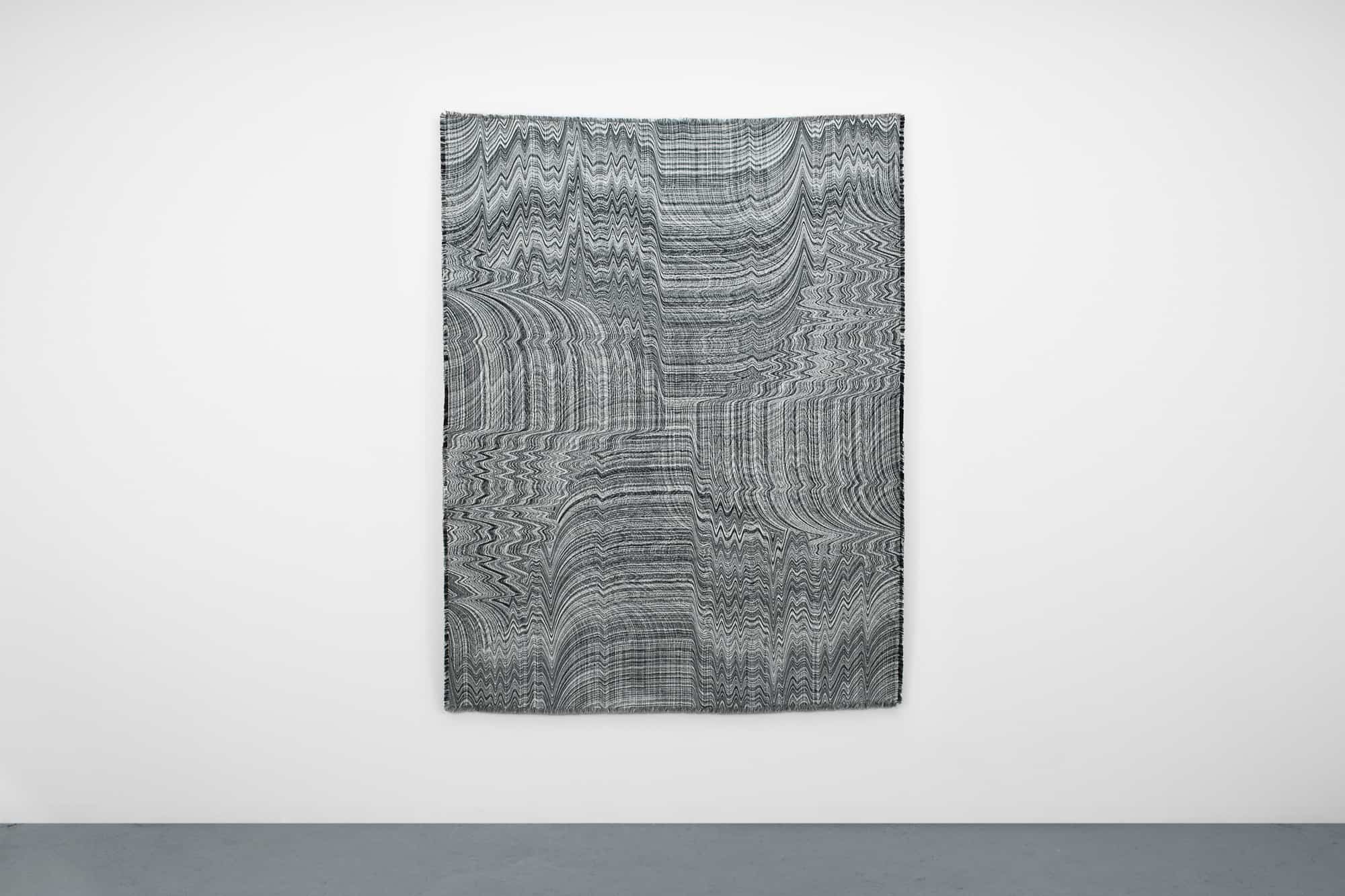
13- Do you have a relationship with the distant future – in other words, are you making artwork that bears a message or impact for coming generations?
Although I do have a relationship to the tropes of futurism and speculative fiction and design, I relate to them more as inspiration and tools to interrogate the present rather than through a desire to communicate with the future.
14- What role does your genetic or cultural background play in your practice?
Everyone in my family is admittedly OCD and wears it like a badge of honor. I’m pretty sure it shows in my work. A fellow artist once teased me in a studio visit that I couldn’t stand it when she moved an unglued piece of my collage out of place. She was very correct. I was also raised Catholic so the poetics of the body are deeply ingrained in me. The blood of Christ, the body of Christ, transfiguration—it’s all there. A few years ago I started a large series of collages (http://laurasplan.com/projects-modular-systems) mining beauty, health and lifestyle advertising for imagery of spiritual and technological salvation. I consider it an ongoing project and have a large library of unused pieces. The imagery is so shameless and outrageous in its original context and my meticulous and obsessive process of extraction, collection, and re-organization only adds to its absurdity. The possibilities seem endless and each new approach to reconfiguration reveals something new about our fraught relationship to our bodies as it is mediated by mass consumerism.
15- What surprises you most about what you are doing right now in your practice? If the nine year old you could see you right now, what do you think s/he would think?
The nine year old me wanted to be a professional ice skater. I think she we would be surprised that I’ve just found another reason to get up at the crack of dawn every morning to “practice” despite the imminent possibility of falling flat on my face under the constant scrutiny of professionals and experts. 😉
19- Who has been your greatest mentor, living or dead, real or imaginary?
Ada Lovelace in her description of Babbage’s analytical engine as the “material expression” of mathematical concepts. And my mom for teaching me about subliminal messages, for telling me “a true work of art looks good from every angle” (while fixing our hair in the mirror), and for giving me “character building” chores like dusting all the leaves of all the plants in the house.
27- What is your artistic relationship to loss? Either personal loss, or lost works of art, or other kinds of loss?
I made a series of Electroencephalography (EEG) biodata driven etchings at the end of last year that were very much an expression of loss. There were a lot of devastating and frustrating things happening at the time that lent to a sense of a loss of life, loss of control, loss of hope, loss of trust. Donald Trump was just elected president. And as if someone had flipped a switch, I felt a tangible shift in how I was being treated as a woman—openly sexually harassed one day, not so cleverly sexually threatened by email the next. Meanwhile, my dad was diagnosed with cancer and given a very bad prognosis. (He died only a few months later.) At the same time, I was at this amazing artist residency with access to countless digital fabrication tools. These new tools were at once inspiring and overwhelming. I recalled that a fellow artist once passed on some advice to me to “make the work about the problem” under challenging circumstances. So I made work about the embodied experience of distraction. The series of laser etchings depicts different EEG waveforms that have been arranged in a repeated radial fashion. The EEG recordings were measurements of my attention span as I stared at a blank sheet of paper for sixty seconds. Sometimes my mind was able to focus resulting in higher levels of attention. Sometimes it was distracted by thoughts or my surroundings, resulting in dips in attention levels. The work was an attempt to render visible the invisible impact of the world on our bodies and minds. The process of burning paper with a laser and the hypnotic pattern arrangement evoke associations we have around time and memory as they impact our embodied experience.
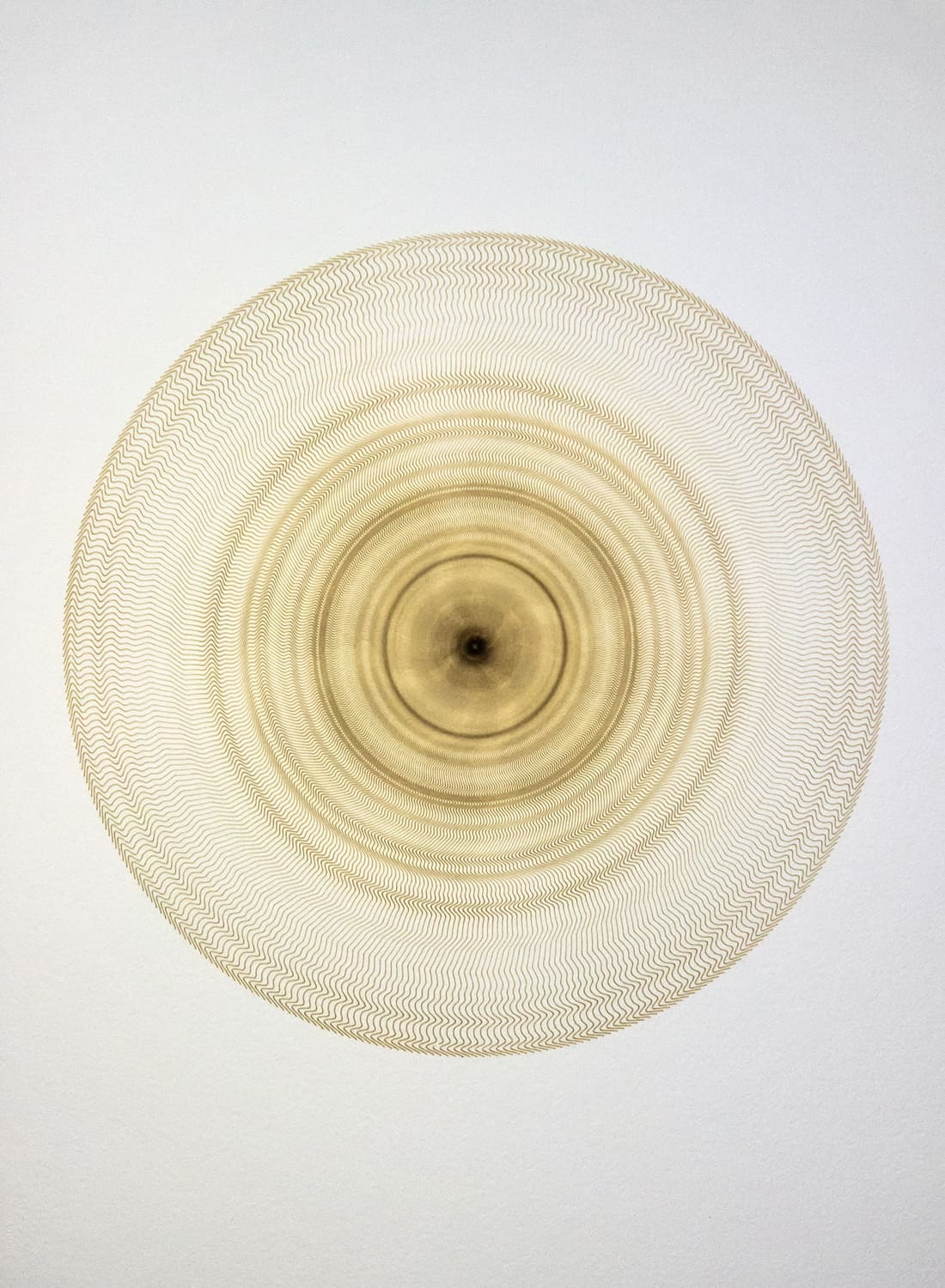
28- When does Joy tend to visit you?
It’s always wonderful when someone interprets your work as you intended but the most fulfilling and joyful experience is when the work creates a dialog that is opened up by a viewer’s unique associations and interpretations.
29- Who or what are you speaking to or with in your current work?
31- If you could amplify a specific sense, which would it be?
The work on view in Manifest was inspired by an exploration of the physical expression of our interface with what is outside of us. I began the project by performing facial expressions associated with an experience of wonder such as blinking twice in disbelief, gulping (swallowing) in surprise, furrowing the brow or squinting to make sense of something, frowning or smiling—a final emotional resolution. I was interested in interrogating how experiences of the outside world are embodied and the ways we assess and quantify this embodiment institutionally and culturally. Wonder, a rather difficult to define experience meets the quantification of the body, a historically problematic science. The work was inspired by the research of both Charles Darwin and Francis Galton, half-cousins and contemporaries. Darwin was the first to hypothesize in 1872 that if one were to simply perform a facial expression that it would manifest the emotion with which it was usually expressed. Simultaneously, Galton was drawing inspiration from Darwin’s theories of natural selection and developing his obsessive quantifying tools and techniques to advance his horrifying science of eugenics (a term he coined). Galton thought he could support his agenda of human breeding through meticulous measurement of bodies and the correlation (a statistical concept he developed) of the data to desirable and undesirable traits. The intersections and fractures in their research are fascinating and continue to feed into my current studio work in progress.
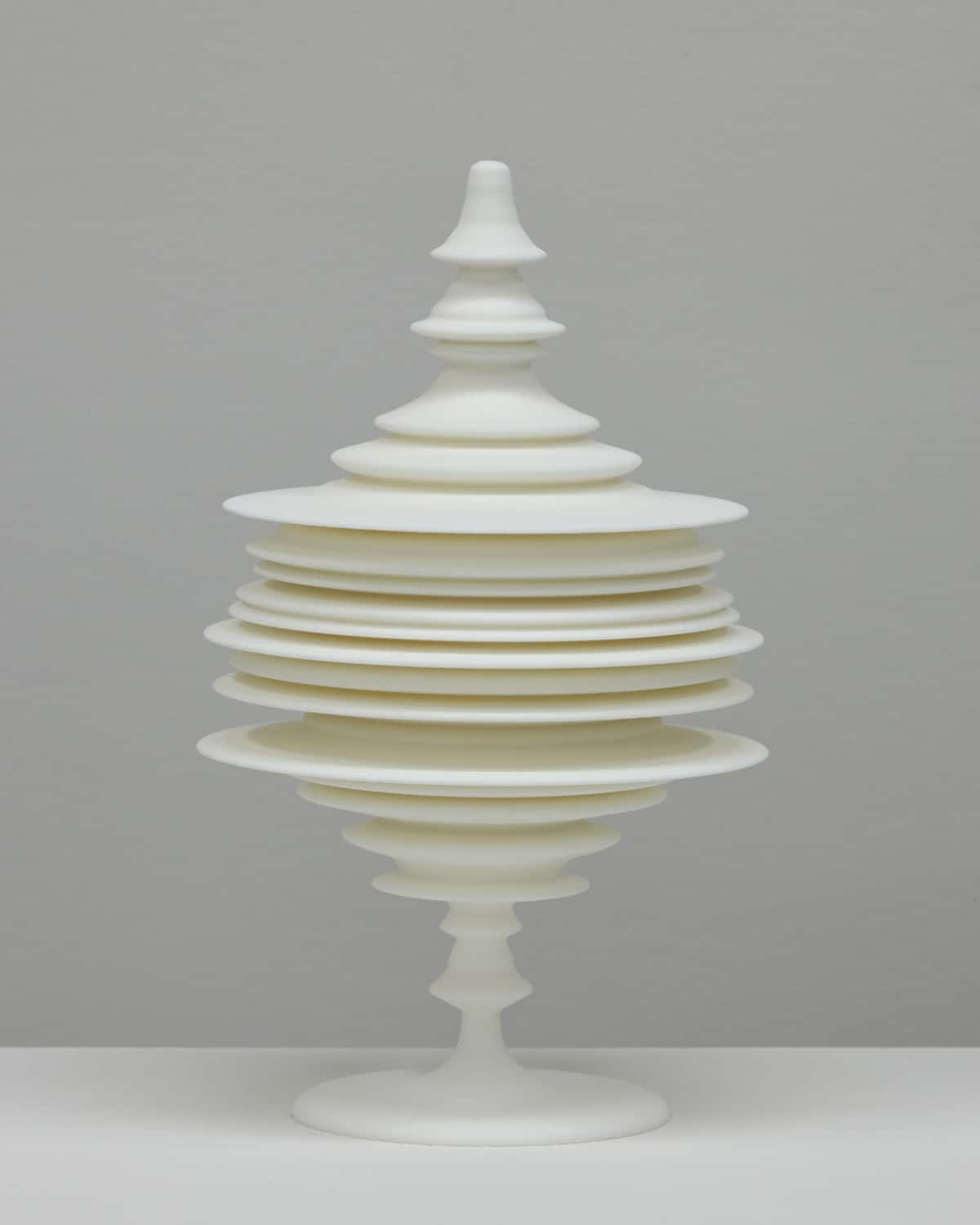
37- How do you feel most often misunderstood or misperceived, either as an artist or in your work itself?
There is a misconception that seduction is an end rather than a decoy. Patina and surface are always machinations in a larger apparatus.
47- Describe the greatest gift someone has given to you that invigorated your artistic expression?
In 2007, I received a Jerome Foundation Travel Grant to research the history of the invention of medical instruments and imaging. I spent an invaluable month in Europe visiting science and medical history museums and meeting with curators, archivists and historians. It continues to feed and inspire my practice today and broadened my understanding of the complex histories of objects as they relate to form and function.
What would be the most thrilling moment or situation in timespace to find your art being enjoyed?
I’m pretty thrilled to have my electromyography-based work on view at the NYU Langone Medical Center Art Gallery right now. And since it’s in a hospital, it’s open 24 hours a day, 7 days a week! It’s a convenient stop on your way from a visit to the emergency room or just a lovely destination for the casual visitor with no immediate need for medical assistance.
__________________________________________
CURRENT EXHIBITIONS
Solo Exhibition—New York, NY
Laura Splan: Manifest
Curated by Katherine Meehan, NYU Langone Art Collection
Recent digitally fabricated sculptures, tapestries and prints with forms and patterns based on electromyograms.
NYU Langone Medical Center Art Gallery
550 First Ave., New York, NY (Follow the Yellow Pathway to Smilow Research Center)
Hours: Open 24 Hours, 7 Days a Week
INFO: http://laurasplan.com/news
Group Exhibition—Santa Fe, NM
Collecting Digital Art: Highlights + New Acquisitions from the Thoma Foundation
Artworks from the digital art collection that include new acquisitions of historic importance by Guillermo Galindo, Beryl Korot, Brigitte Kowanz, Vera Molnar, Laura Splan, Steina Vasulka.
ART HOUSE, Santa Fe, NM
INFO: https://thomafoundation.org/art-house-open-new-installations
